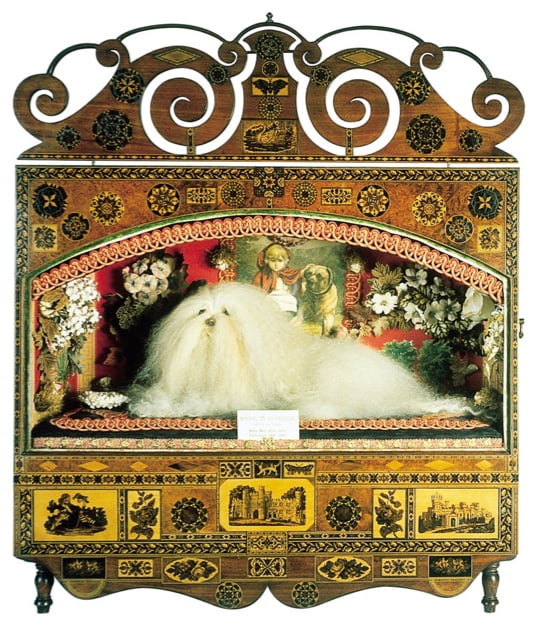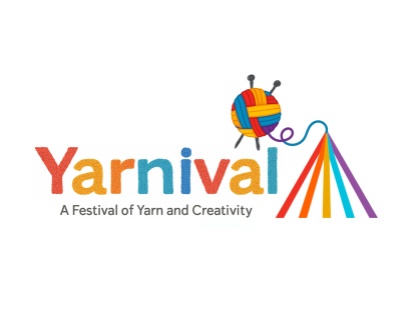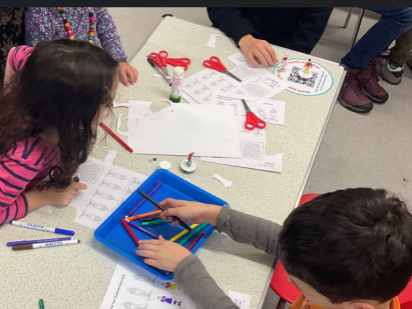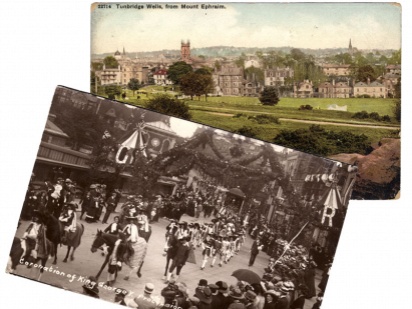Collections
The collection at The Amelia was founded by the Tunbridge Wells Natural History and Philosophical Society in 1885. The Society established our first town museum at the Literary and Scientific Society’s rooms on the Pantiles.
The Council adopted the collection in 1918. Amelia Scott was a supporter of a municipal museum and library and believed it was ‘a necessity that cannot be postponed indefinitely’.
We have a long history of collecting and engagement with the local community. The Amelia’s collection reflects many aspects of the story of Tunbridge Wells and the High Weald. We care for around 60,000 objects covering local history, natural history, archaeology, fine and decorative arts, and social history.
Our collections are available throughout the building, with displays exploring the themes of the High Weald, Subbuteo, scientific and political innovation, Tunbridge Wells as the first holiday resort, and more!
We also have frequent exhibitions, to see what's coming up next, visit the What’s On page.
Artists’ Commissions
Catriona Rowbotham, The Amelia Curated Courtyard
This ‘living-gallery’ courtyard is inspired by the local landscape and unique flora of ‘The Garden of England’. Rowbotham will create three distinct zonal planting areas that celebrate the richness of our environment and the parts played by people who have shaped this area by working the land. The Orchard includes apple trees that are still grown across the county. The Hop Garden next to the café has hop plants used to brew beer and The Woodland Contemplation Area reflects the wilder green spaces in the borough.
After working with several highly regarded architectural practices, Catriona now primarily designs external spaces, providing solutions that reflect and enhance adjoining architecture, with a particular focus on wellbeing and biodiversity.
www.crowbothamgardendesign.co.uk
James Tunnard, Spectrum
This interactive lighting installation by artist James Tunnard is a contemporary interpretation of stained-glass windows often found in public buildings, and will be programmed to respond in intensity and hue to the multiple uses of the building throughout the day. The artwork is inspired by the science of colour and light, and the circular form of the colour wheel, which was originally developed by Sir Isaac Newton in 1666. The cone shaped form is reminiscent of the art deco features of the architecture as designed originally in the 1930s by Sir Percy Thomas and Ernest Prestwich.
James Tunnard is an artist and designer. His work focuses on the process of creating – how ideas become material form and then experiences. He is interested in the process of imaginative investigation, experimentation and collaboration.
Angus Ross, Fountain Seating
This furniture is inspired by the water fountain in Dunorlan Park in Tunbridge Wells. Angus Ross has interpreted the interplay of its cascading water jets as sweeping arches of steam-bent oak or ash.
Some sections of the wood will be dyed to reflect the iron-rich waters of the local Chalybeate springs that colour natural materials in green and blue hues. The eight chairs pull away from the fixed cross of benches to face inwards, creating more intimate nooks for groups to meet in. Tiny symbols etched into the wood are hiding from view and waiting to be found.
Angus is a designer, maker and woodsman best known for exquisite, sculptural furniture with a sense of dynamism and flow. He leads a studio-workshop in Aberfeldy, Perthshire and timber is sourced from a beautiful, bluebell wood he co-owns.
Tim Ward of Circling the Square, A-form
The drinking water fountain will be made from sandstone, a material found locally and used widely in the architecture of the town. The two intersecting fountains will cross at the top to form an A-shape. The A stands for Amelia Scott, the pioneering suffragist who the building will be named after. A series of small motifs that remind us of the history and geology of Tunbridge Wells will be created during the community workshops held here, and a selection of these will be etched or carved into the surface of the stone. The fountain will provide refreshment for visitors to the Amelia and at the same time reflect the ever-changing relationship the town has to its spring origins.
Tim Ward’s work aims to be sympathetic to the location and requirements of its users & local communities. He enjoys consulting with people within the creative process, and is committed to working collaboratively when delivering projects.
eksait Studio with Sebastian Cox studio, Visitor Resource Point
Taking inspiration from joined-up nature of the building, the visitor resource point reflects the range of services within The Amelia. Weaving different textures together, each part is multifunctional and supports the varied activities taking place here. It celebrates craft and reminds visitors of the rich local history of making. The four sections of the work are set on wheels. They will be moved around the building and used in different configurations, allowing its use to evolve as visitors and staff become more familiar with the building and activities happening in it.
Parveer Braich (eksait Studio) is a multidisciplinary designer whose work bridges interior architecture with experiential digital environments, to enable hybrid services to be delivered in a sustainable and ethical way.
http://www.femaledesigncouncil.org/parveer-braich
Adam Chodzko, Holding the Earth This Way
Adam Chodzko’s art is always informed by a wealth of research into subject matter. This work is inspired by his investigation into the iconic photograph of Amelia Scott, particularly the shape created by the object she is grasping in her right hand. Is it a handkerchief, glove or something else, and why is she holding it? Its triangular shapes echo the forms of celebratory bunting, Kentish oast house roofs and symbolic hourglasses. The artwork will be formed from traditional handmade Kent Peg tiles on a timber batten frame and reflects the rich history of brick and tile making in the borough.
Adam Chodzko is a Kent-based visual artist, working across media, exploring how we relate to each other and the world around us. Since 1991 he has exhibited extensively in international solo and group exhibitions.
Alex Fox & Darenth Valley Forge, Iron in the Weald
The story of iron-making across Tunbridge Wells and the High Weald is told through the images included in the six gate panels that will enclose the courtyard of The Amelia Scott building. The illustrations are worked in wrought iron and depict how the metal was mined, smelted, and forged over the centuries. All manner of products such as canon and the railings for St Paul’s Cathedral were made in the region and used the latest technology of the times, such as the blast furnace.
After completing his MA at City & Guilds of London Art School, Alex Fox has exhibited work widely. His public art projects include a commission by Audley Runnymede as well as a forthcoming gate for Stone Studios in Hackney Wick, London.
https://alexfox-projects.carrd.co/
The Amelia Scott Building commissions are funded using an Arts Council England Capital Grant awarded in 2017. The commissions support and contribute to the Arts Council England 2020-2030 strategy Let’s Create which advocates for three outcomes:
Creative People: Everyone can develop and express creativity throughout their life.
Cultural Communities: Villages, towns and cities thrive through a collaborative approach to culture.
A creative and cultural country: England’s cultural sector is innovative, collaborative, and international.



